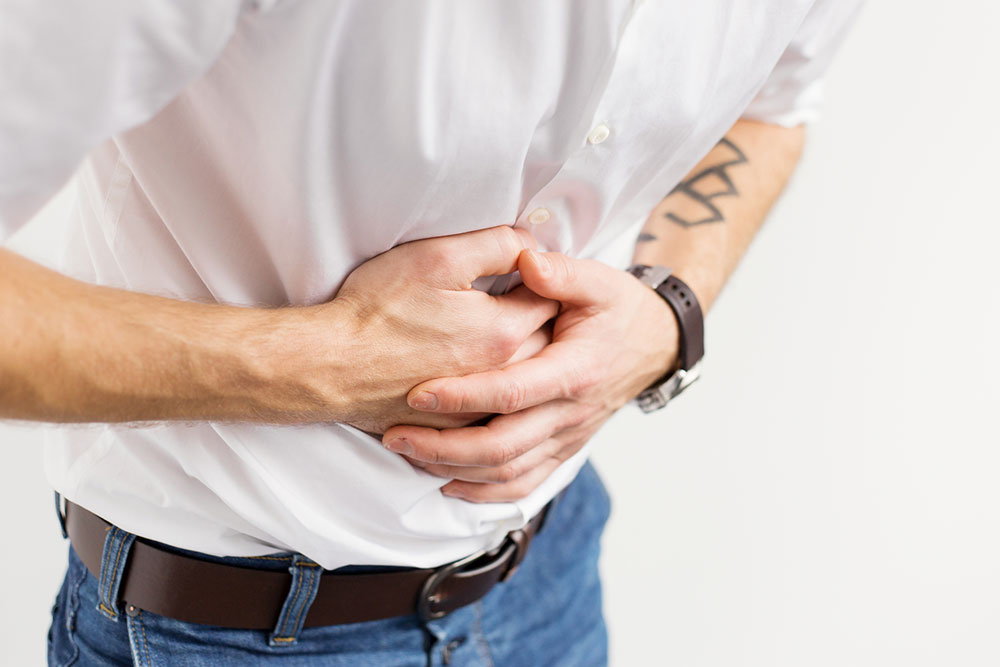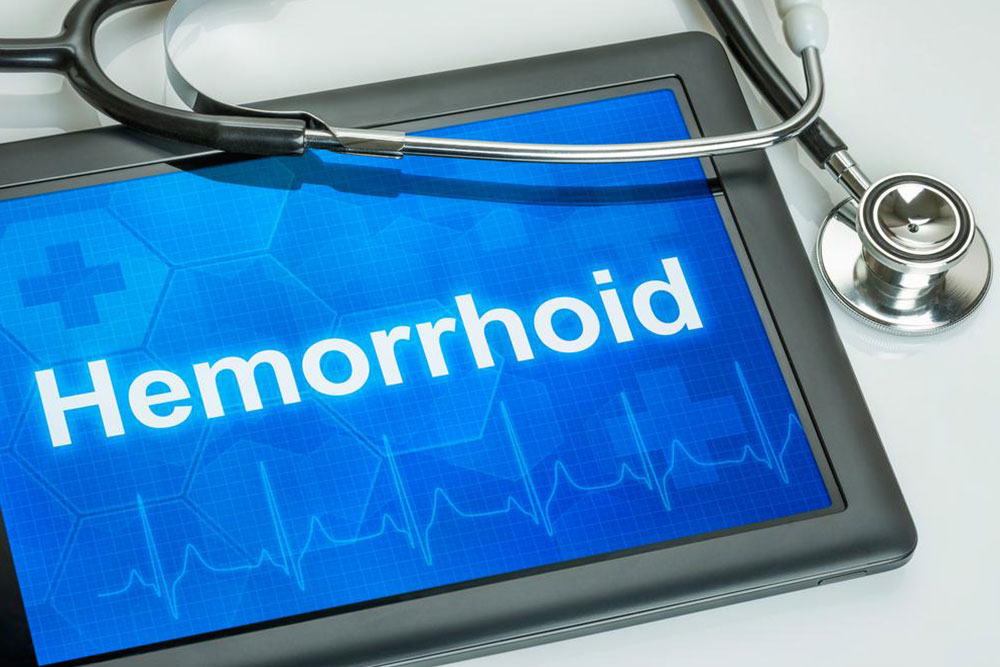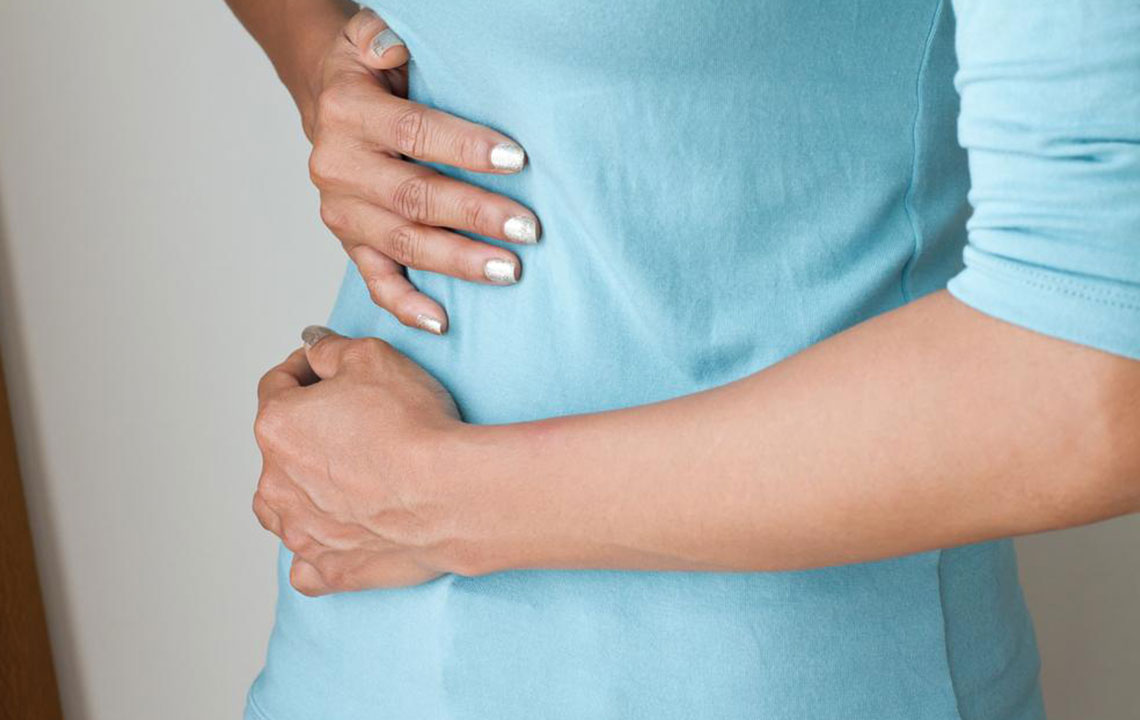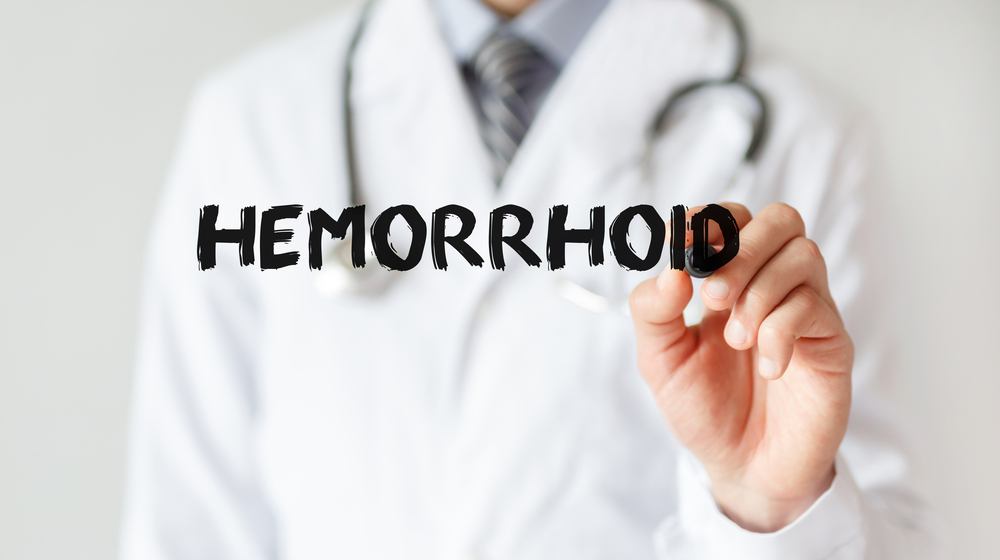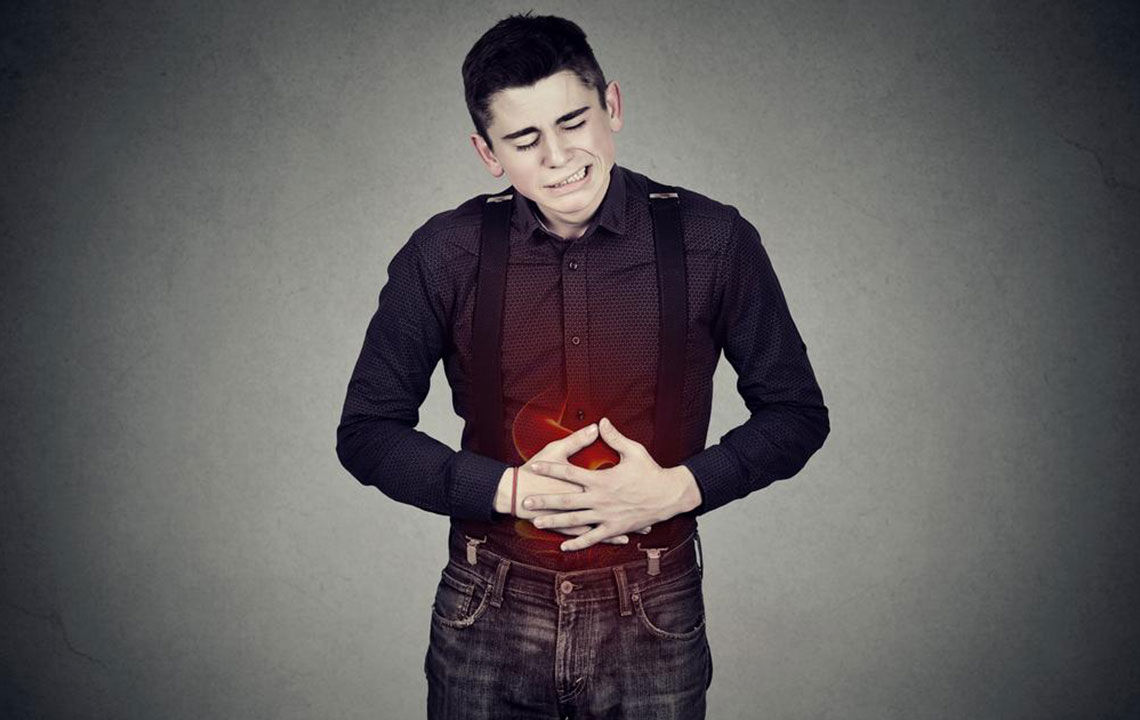Understanding Hemorrhoids: Types, Causes, and Symptoms Explained
This article offers a comprehensive overview of hemorrhoids, detailing their types, causes, and symptoms. It emphasizes prevention strategies such as high-fiber diets, hydration, and avoiding strain during bowel movements. Understanding these aspects helps in effective management and reduces discomfort. The content is designed to educate readers about hemorrhoids and promote healthier habits for prevention and relief.
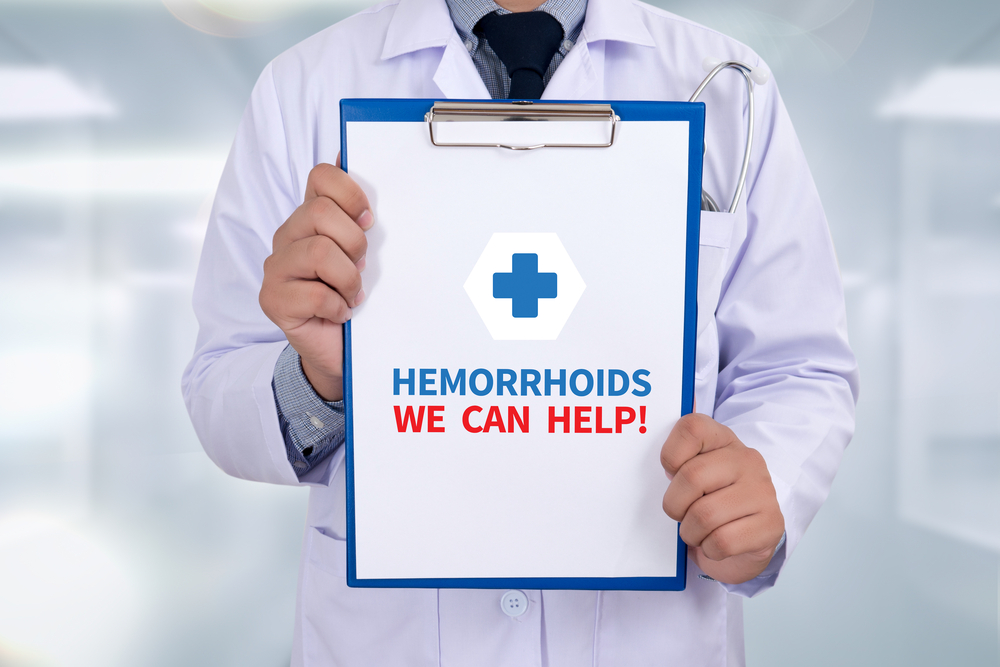
Understanding Hemorrhoids: Types, Causes, and Symptoms Explained
Hemorrhoids, also known as piles, are swollen blood vessels located in the anal and rectal area. These veins can become enlarged and irritated due to pressure, leading to discomfort. While they often cause rectal bleeding, hemorrhoids are generally harmless and tend to heal within weeks. Knowing the different types, causes, and symptoms is essential for proper management and prevention.
Types of Hemorrhoids
The symptoms vary depending on their location:
Internal hemorrhoids — Situated inside the rectum, these are usually painless but may bleed during bowel movements. In some cases, they prolapse through the anus, causing discomfort.
External hemorrhoids — Located under the skin around the anus, these can itch, swell, and bleed if irritated.
Thrombosed hemorrhoids — When blood pools and clots within an external hemorrhoid, it results in a hard, swollen, and painful lump near the anus.
What Causes Hemorrhoids?
Factors that increase pressure on the rectal veins can lead to hemorrhoid formation, including:
Extended sitting on the toilet
Chronic diarrhea or constipation
Obesity
Pregnancy
A diet low in fiber
Anal intercourse
Age-related changes
Symptoms of Hemorrhoids
Symptoms depend on their type and location but commonly include:
Painless rectal bleeding
Itching or irritation around the anus
Pain or discomfort
Swelling or lumps around the anal area, often sensitive or painful
Prevention Tips
Preventing hemorrhoids is preferable to treatment. Strategies include:
Consuming high-fiber foods — Fruits, vegetables, and whole grains promote soft, bulky stools, reducing strain.
Staying hydrated — Drinking six to eight glasses of water daily helps prevent constipation.
Physical activity — Regular exercise reduces pressure on veins and helps maintain a healthy weight. Avoid heavy lifting without guidance.
Using laxatives cautiously — Osmotic laxatives can ease bowel movements but should be used under medical supervision.
Avoiding straining during bowel movements — Breathing normally and not forcing can prevent increased pressure on rectal veins.
Note:
While treatments exist, adopting preventive measures is more effective. Consult healthcare providers for personalized advice and effective management.

